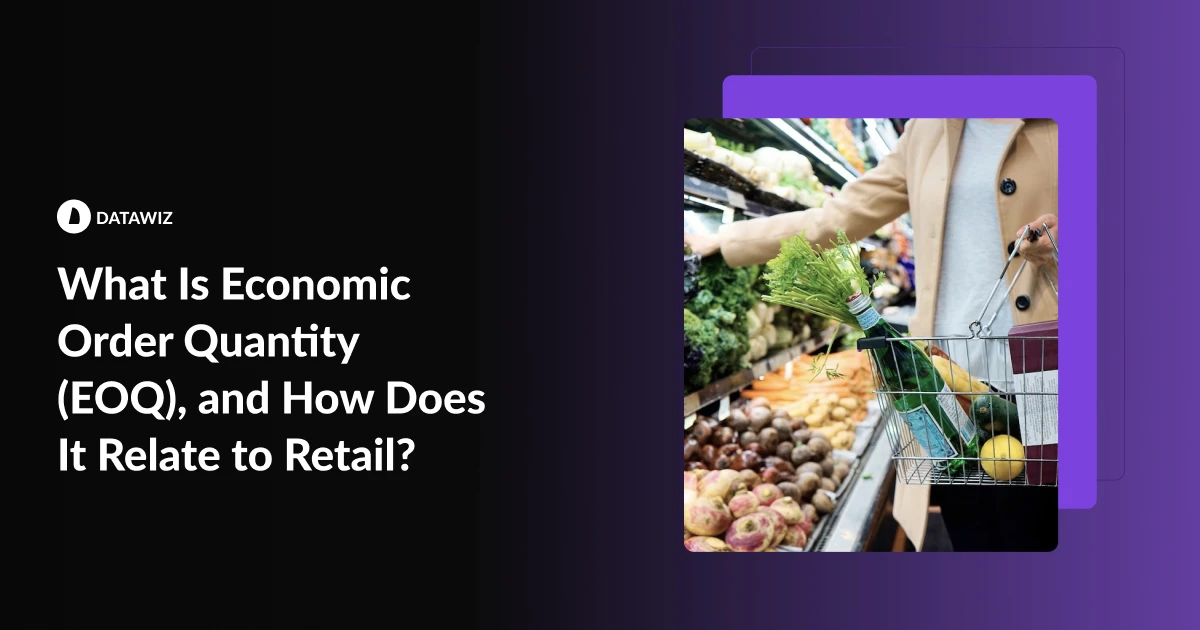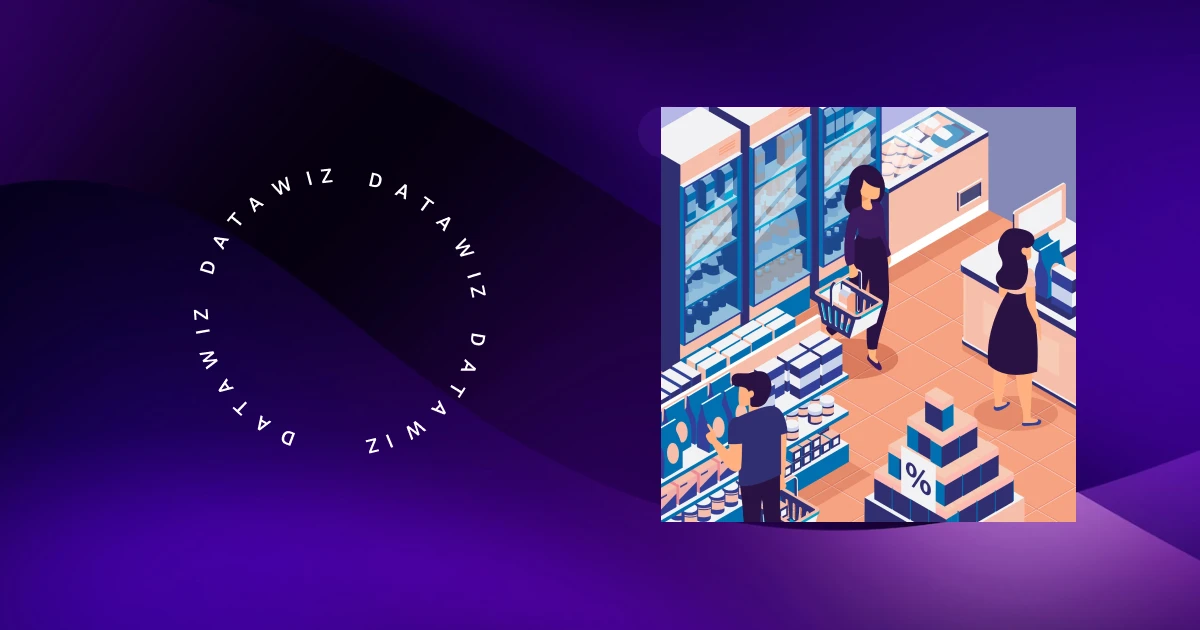Content:
- How Does EOQ Support Supplier Management?
- Fresh Category in Retail: How to Manage Inventory?
- How Are EOQ, Suppliers, and Fresh Category Management Connected?
Economic Order Quantity (EOQ)is a critical metric in inventory management that helps businesses determine the optimal quantity of goods to order. The main goal of EOQ is to minimize costs associated with logistics and storage while ensuring a steady supply of products.
Effective order management is essential in retail, especially within the Fresh category. For instance, ordering too little can lead to stockouts and dissatisfied customers, while ordering too much risks product spoilage and financial losses. EOQ helps strike a balance by considering demand, costs, and product characteristics.
How Does EOQ Support Supplier Management?
Efficient inventory management is only possible with close collaboration with suppliers. Several key factors come into play:
- Quality of supplies. If a supplier consistently fails to deliver on time or provides subpar products, even the most accurate EOQ calculation won’t prevent losses.
- Speed and frequency of deliveries. Regular and timely deliveries are crucial for the Fresh category, as fresh goods require daily or weekly replenishment.
- Pricing structure. Supplier analysis helps align ordering costs with business needs, factoring in transportation and warehousing expenses.
EOQ and supplier analysis work hand in hand. While EOQ determines the optimal quantity and timing of orders, reliable suppliers ensure that these orders are fulfilled promptly and with high quality.
Fresh Category in Retail: How to Manage Inventory?
Fresh includesperishable goods like fresh fruits, vegetables, dairy, meat, seafood, and baked goods. These products are vital to a retailer’s brand image since customers expect freshness and premium quality.
Managing the Fresh category presents unique challenges:
- Minimizing losses. Ordering less leads to spoilage, while ordering less results in empty shelves. EOQ helps find the right balance.
- Logistics. Delivery speed directly impacts a product’s shelf life. Choosing suppliers with flexible schedules and fast turnaround times is vital.
- Seasonality and demand. For example, summer often brings higher demand for fresh fruits, which should be factored into EOQ calculations.
By leveraging EOQ and supplier analysis, retailers can effectively manage this category, reducing costs while providing customers with top-quality products.

How Are EOQ, Suppliers, and Fresh Category Management Connected?
For retailers to stay competitive, it’s essential to view all supply chain elements as an integrated system. EOQ allows for strategic order planning, supplier analysis, identifying reliable partners, and efficient fresh category management, ensuring customer satisfaction through high-quality inventory.
This combined approach helps:
- Reduce storage and logistics costs.
- Avoid product shortages or overstock.
- Improve overall customer experience.
Integrating EOQ with supplier analysis is especially critical when dealing with categories where freshness and speed are vital priorities.
This strategy applies not only to retail but also to manufacturing and distribution businesses. The key is to tailor the approach to the specific products and the needs of your target audience.
 What's new?
What's new?





 No credit card required
No credit card required